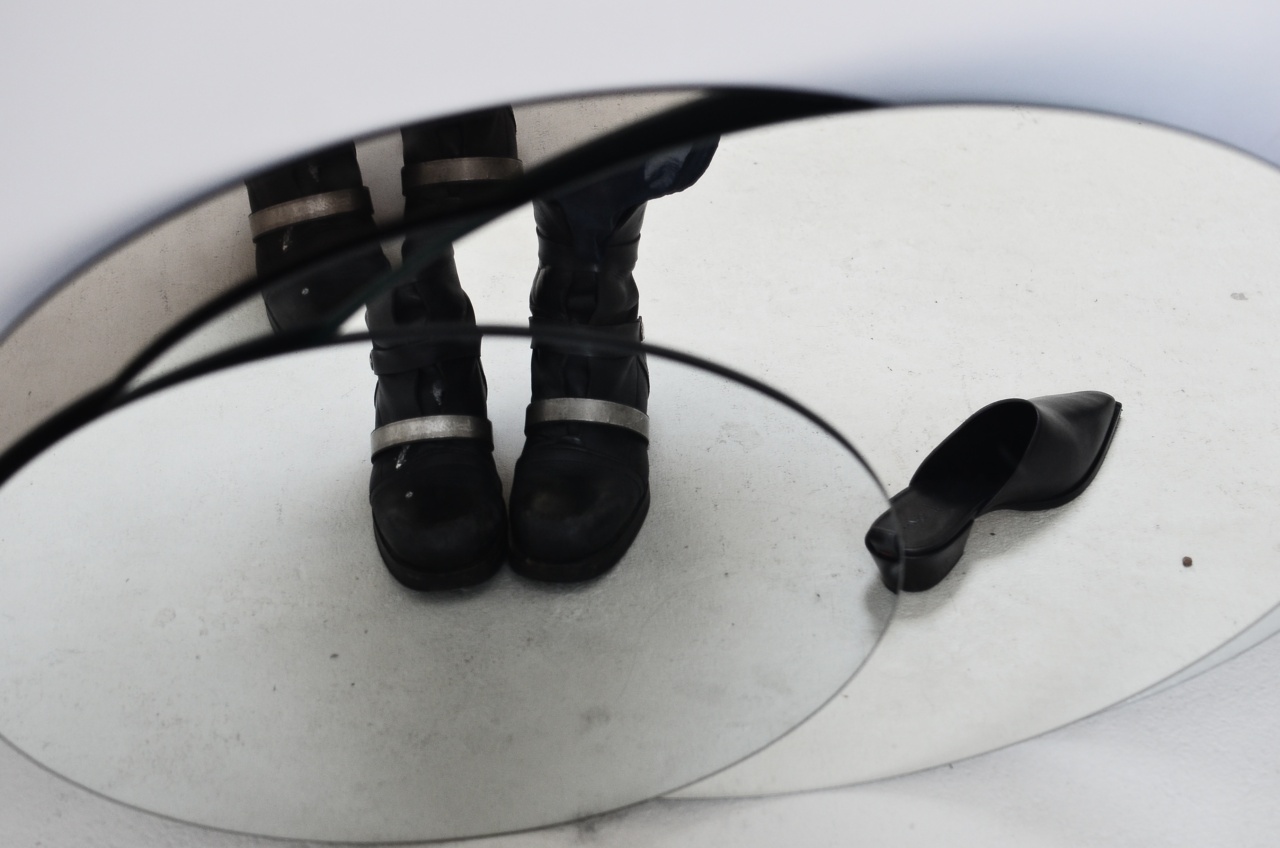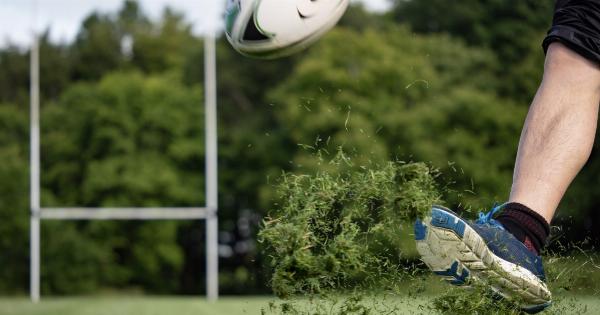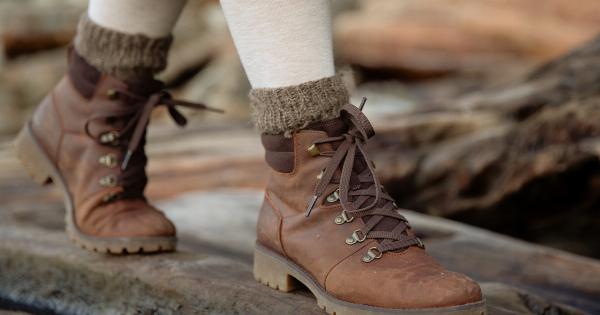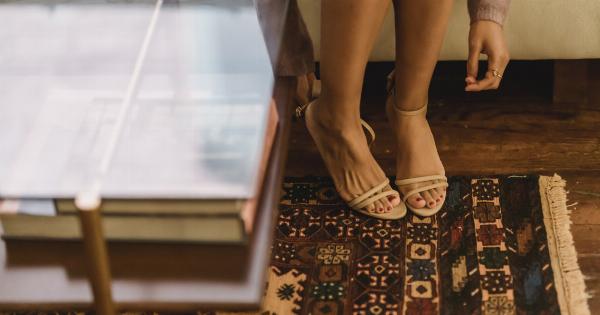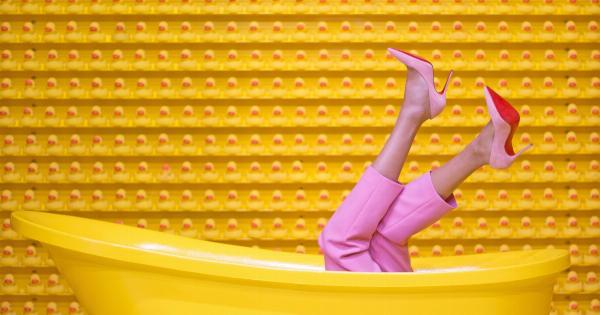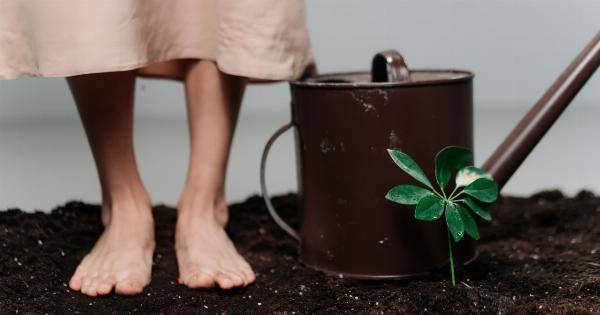Shoes can be considered an extension of our bodies because we wear them on our feet virtually all day. Whatever we wear affects the health of our feet. Wearing tight, ill-fitting, or high-heeled shoes can sometimes pose a danger to our feet.
Below are some of the shoes that can endanger our feet:.
Ill-fitting Shoes
Ill-fitting shoes can cause various foot problems, from blisters and corns, to ingrown toenails, calluses, and heel pain. Most ill-fitting shoes are too tight and often cause harm to the toes with unnecessary pressure and friction.
On the other hand, wearing shoes that are too loose can result in ankle instability and falls.
Furthermore, shoes that are too narrow also restrict the natural movements of your toes. Wearing such shoes for an extended period can cause hammertoes, bunions, or even nerve damage.
Conversely, shoes that are too wide may allow for too much movement of the foot or enable slippage inside the shoe, causing instability or falls, especially on uneven terrain.
High-Heeled Shoes
High heels have a reputation for being a wardrobe staple for women. However, they can jeopardize the health of your feet.
High-heeled shoes destabilize the feet, and when worn for prolonged periods, they can cause discomfort, pain, and even permanent damage to your feet.
Wearing high heels may also lead to some foot conditions, such as plantar fasciitis, Achilles tendonitis, corns, calluses, hammertoes, and neuroma.
High heels force your toes into the front of your shoe, putting pressure on the ball of your foot, which can cause pain, inflammation, and even stress fractures.
Pointed Toe Shoes
Pointed toe shoes cause damage by pressing the toes inward. These shoes often lead to the development of hammertoes and other foot conditions. They also frequently cause ingrown toenails, corns, and calluses.
Shoes with narrow toes cause the toes to overlap and twist, leading to corns, blisters, and plantar fasciitis. Furthermore, wearing shoes with pointed toes can cause your big toes to bend toward your other toes, causing bunions.
Flip Flops
Flip flops are a summer staple, but they can be dangerous when worn for extended periods. They provide minimal support and zero protection and can cause blisters, calluses, or even foot infections.
Additionally, flip flops increase the risk of slipping, tripping, or falling over, which may lead to sprains or fractures. They also cause the foot to move in an unnatural way, leading to discomfort, foot pain, and even plantar fasciitis.
Platform Shoes
Wearing shoes with a high platform or wedge can cause ankle instability, leading to ankle sprains and fractures. Platforms reduce the natural movements of your feet, which may cause discomfort and even loss of balance.
Additionally, the height of the platform can cause imbalances in the body, requiring more effort to maintain stability. Platform shoes also increase the pressure on the ball of your foot, leading to pain and discomfort.
Foldable Shoes
Foldable shoes are often marketed as convenient for travel or as a backup pair of shoes in your bag. However, they do not provide adequate support, and when worn for a long time, can cause discomfort and pain.
Foldable shoes do not offer enough protection and may cause blisters, calluses, or infections. They also lack the necessary padding to protect your feet from shock or pressure.
Old Shoes
Worn-out shoes may be comfortable and familiar, but they can negatively affect your feet’ health.
Shoes that have lost their cushioning and support provide less protection and can result in foot problems such as heel pain, stress fractures, or even flat feet. Using worn-out shoes can cause imbalances in the body and lead to pain or discomfort in the leg, hip, and back.
Rubber Shoes
Rubber shoes, including rain boots and gardening shoes, are designed to keep our feet dry, but they are not safe for extended wear.
Rubber shoes do not provide adequate ventilation, which can lead to the development of foot odor, fungal infections, or blisters. Additionally, rubber shoes lack proper cushioning and support, causing shock to transfer to your feet and exacerbating any pre-existing foot conditions.
Clogs
Clogs are popular for their ease of wear and casual look, but they can be dangerous when worn for prolonged periods. Clogs do not offer adequate support and can lead to ankle instability. They can also cause blisters, calluses, and foot pain.
Moreover, the open-back design can cause your foot to slip out of the shoe, leading to falls that can cause fractures or sprains.
Sneakers with Minimal Support
Some sneakers are designed with a minimalistic approach to create a barefoot-like experience. However, these sneakers have limited arch support, which can worsen existing foot conditions or lead to plantar fasciitis.
They do not provide enough cushioning and may lead to increased foot pain or discomfort, especially when used for long hours. Minimalistic sneakers also lack lateral support, leading to ankle sprains.
Conclusion
In summary, the type of shoes we wear can affect our foot health significantly. Several types of shoes cause discomfort, pain, or even permanent damage to our feet.
Whenever possible, choose shoes that provide foot support, cushioning, and are well-fitting. To ensure good foot health, it is essential to seek medical advice when experiencing any foot problem.
